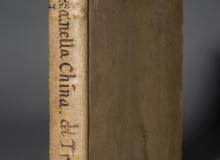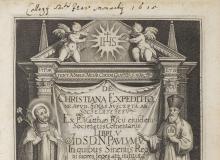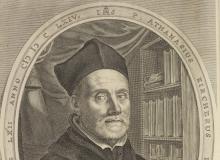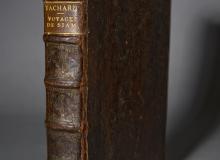The Indian treasure fleet preparing to set sail from Lisbon (from Joseph-Francois Lafitau, Histoire des decouvertes et conquestes des Portugais dans le Nouveau monde, avec des figures en taille-douce, Paris, 1734).
Cross-cultural exchange was made easier by faster ships. The 1494 treaty of Tordesillas halved the world outside Europe between Portugal and Spain, and thus ships sailing to the East Indies left from Lisbon.



